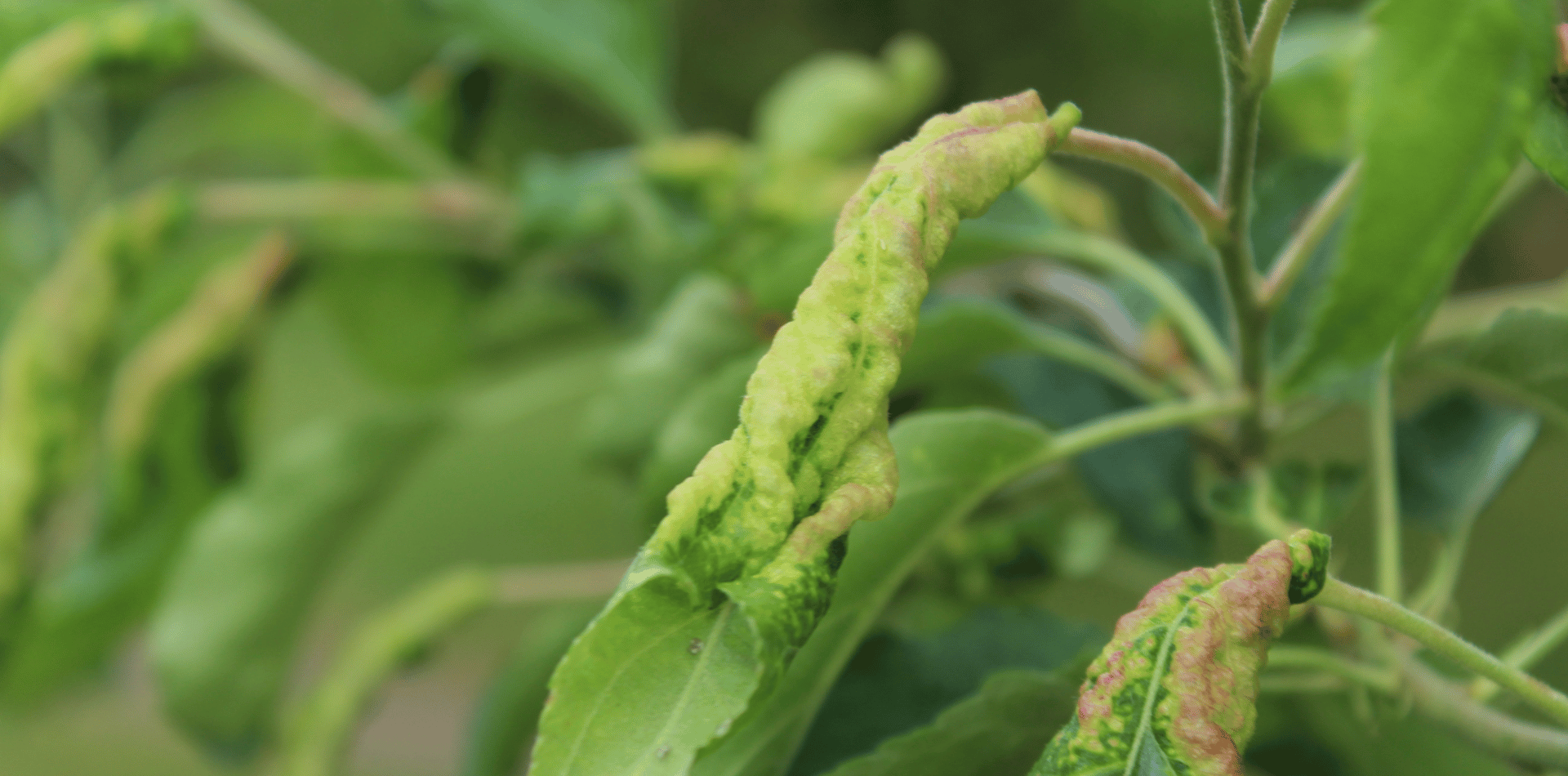Block and Land Clearing - What you need to know before you start.
What is Land Clearing?
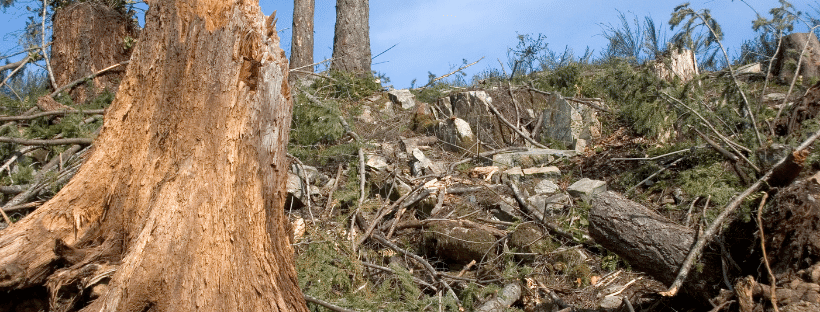
Land and block clearing Newcastle is the first step towards a clean and clear a property.
Land clearing is a dangerous process and usually involves the use of specialist equipment.
For your safety, and the safety of your family and neighbours, it is essential you engage the services of a licenced and experienced Tree Removal Company.
What is Land and Vegetation Clearing?
Land and vegetation clearing, an essential process for various development, agricultural, and land management projects, involves the systematic removal of trees, plants, shrubs, and other natural obstacles from a designated area. This practice is often prerequisite for activities such as construction, farming, infrastructure development, and urban expansion. The process not only requires the removal of vegetation but also entails the preparation of the land for its intended future use, addressing challenges posed by the natural landscape.
Removing dying and invasive vegetation allows the remaining plants have better access to water and soil nutrients, as well as sunlight for photosynthesis for groundcovers and understory plants.
Ensuring minimal environmental damage is an important part of land and block clearing. When you hire experienced professionals, like the team at Kaptol Tree Services, you can be assured that all guidelines and regulations will be followed for the protection of important flora and fauna.
Methods and Equipment Used in Land Clearing
The methods and equipment used in land and vegetation clearing vary widely, depending on the size of the area, the type of vegetation present, and the intended use of the land post-clearance. Common tools and machinery include:
- Chainsaws: For cutting down trees and large shrubs.
- Bulldozers: Used to push over larger trees, move soil, and clear land quickly.
- Excavators: Employed for removing large trees, stumps, and rocks, and for digging if required by the project.
- Stump Grinders: To remove tree stumps and roots, ensuring a flat surface.
- Brushcutters and Mulchers: For cutting and mulching smaller plants, bushes, and underbrush.
Purposes of Land and Vegetation Clearing
The reasons for undertaking land and vegetation clearing are as diverse as the projects that necessitate it:
- Agricultural Development: Clearing land for farming purposes, including the creation of fields for crops and pastures for livestock.
- Construction Projects: Preparing sites for residential, commercial, or industrial construction, including buildings, roads, and bridges.
- Infrastructure Expansion: Facilitating the development of utilities and public infrastructure such as power lines, water and sewage systems, and transportation networks.
- Fire Prevention and Management: Removing dense vegetation to reduce the risk of wildfires and to create firebreaks that can help control the spread of fires.
- Ecological Management: In some cases, clearing is done to manage invasive species, restore native habitats, or implement controlled burns for ecological health.
Environmental Considerations and Regulations
Land clearing, while necessary for development and land management, can have significant environmental impacts, including habitat destruction, soil erosion, and loss of biodiversity. As such, it is subject to various local, state, and federal regulations designed to minimize these impacts. These regulations may require permits, mandate the use of certain clearing methods, or necessitate environmental impact assessments before clearing can begin.
Best Practices for Sustainable Land Clearing
To mitigate the environmental impact of land and vegetation clearing, several best practices can be followed:
- Selective Clearing: Removing only the vegetation that directly interferes with the project, preserving as much natural vegetation as possible.
- Erosion Control Measures: Implementing strategies to prevent soil erosion, such as silt fences, contour plowing, or planting cover crops after clearing.
- Replanting: Where appropriate, replanting native vegetation to help restore habitats and maintain biodiversity.
- Professional Expertise: Engaging experienced professionals who can advise on the most efficient and environmentally responsible methods for clearing.
Land and vegetation clearing is a complex process that balances the needs of development and agriculture with environmental stewardship. By employing careful planning, appropriate methods, and adherence to regulations, it is possible to minimize the negative impacts on the environment while achieving the desired outcomes for land use.
How much does land clearing cost?
The cost of land clearing cost depends on several factors:
- The size of trees (both height and diameter)
- The number of trees, shrubs and plants in the area
- The number of hills and dips in the area
- What kind of debris is present, such as rocks, which can damage equipment
- The number of trees that will remain and how easy it is to move around them
- The species of tree. (as they will vary in hardness)
$20 to $200 per Acre
For clearing flat land with light vegetation and few trees.
$500 to $2,000 per Acre
Clearing more sloping land with overgrown brush and a few trees.
$3,000 to $6,000
Clearing heavily wooded or bushland.
Most professional Tree Removal companies will provide a fixed price for an area of land following a site inspection. Site inspections are generally free of charge and can be done soon after receiving an enquiry.
It is essential to engage a company with highly trained and qualified staff who have AQF Level 2 to 5 Arborist Certificates.
A professional Tree Removal Service will also assist with:
- Site preparation
- Subdivision clearing
- Tree removal & levelling
- Debris removal
- Block levelling
When you are ready to hire an experienced land clearing company, contact Kaptol Tree Removal today for a free on-site inspection and obligation-free land clearing quote.
Included in our quote is a risk assessment and detailed photographs highlighting the work to be done.
We regularly deal with local councils and can assist you with regulations and approvals.
Our highly trained and experienced team have experience with complex tree removal, stump and root removal and much more. Our many years in the business and specialist equipment will ensure you the perfect result.
Kaptol Tree Removal specialise in smaller clearing projects like removing that one dead tree, right through to a full block clearing covered with dense bushland or foliage. Our team are experienced with heavy-duty equipment and will make short work of any trees and stumps.


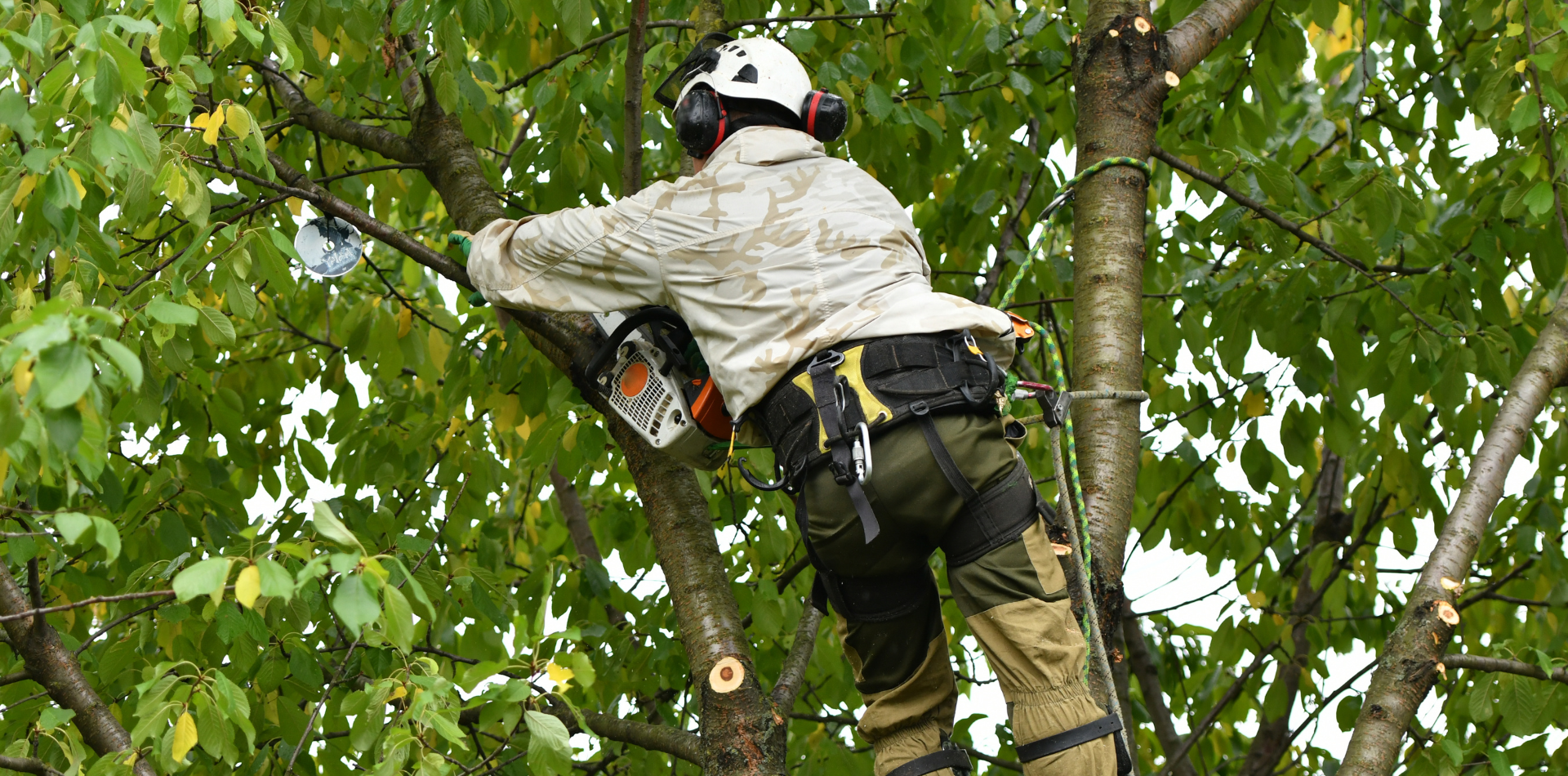


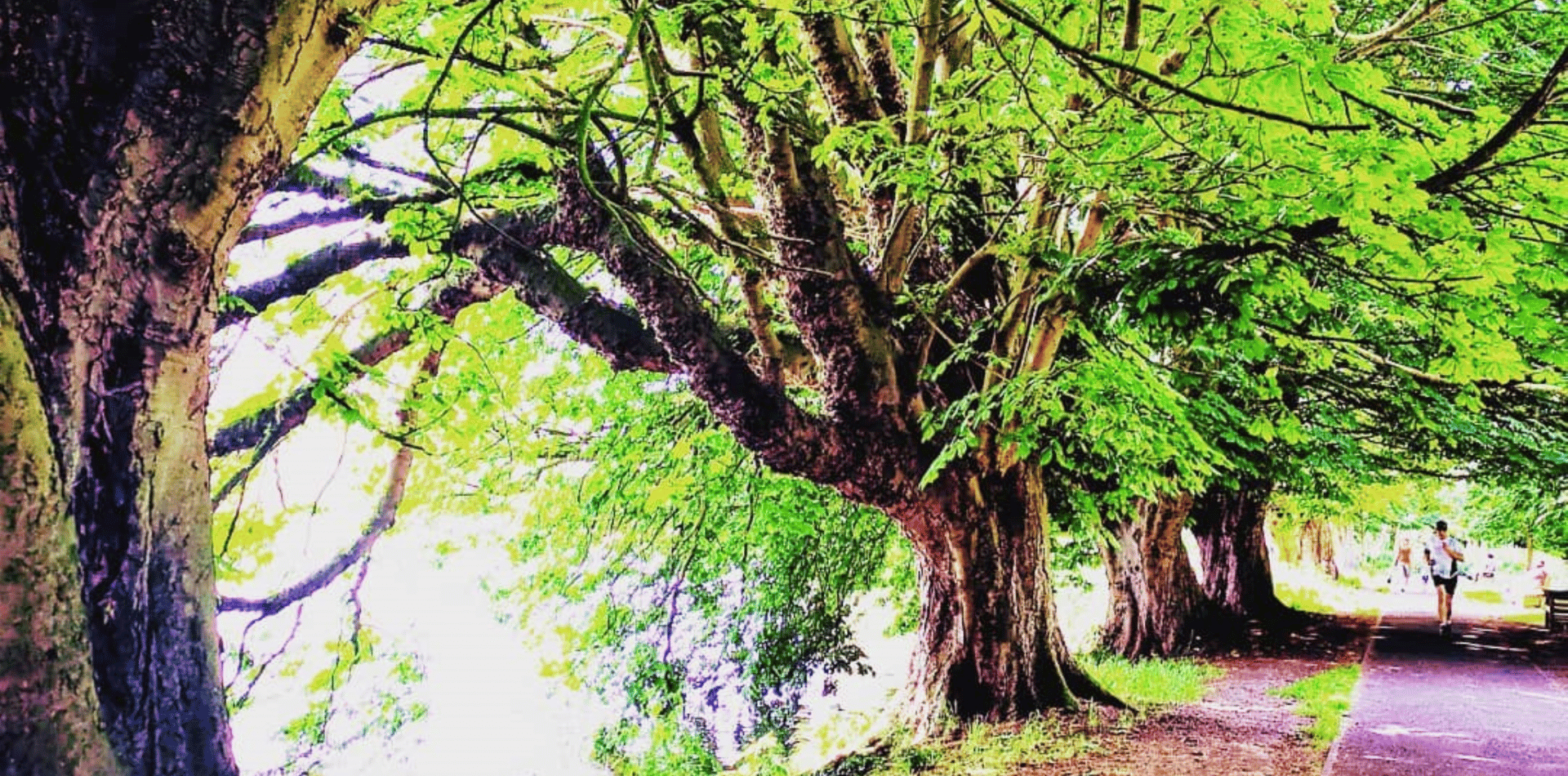
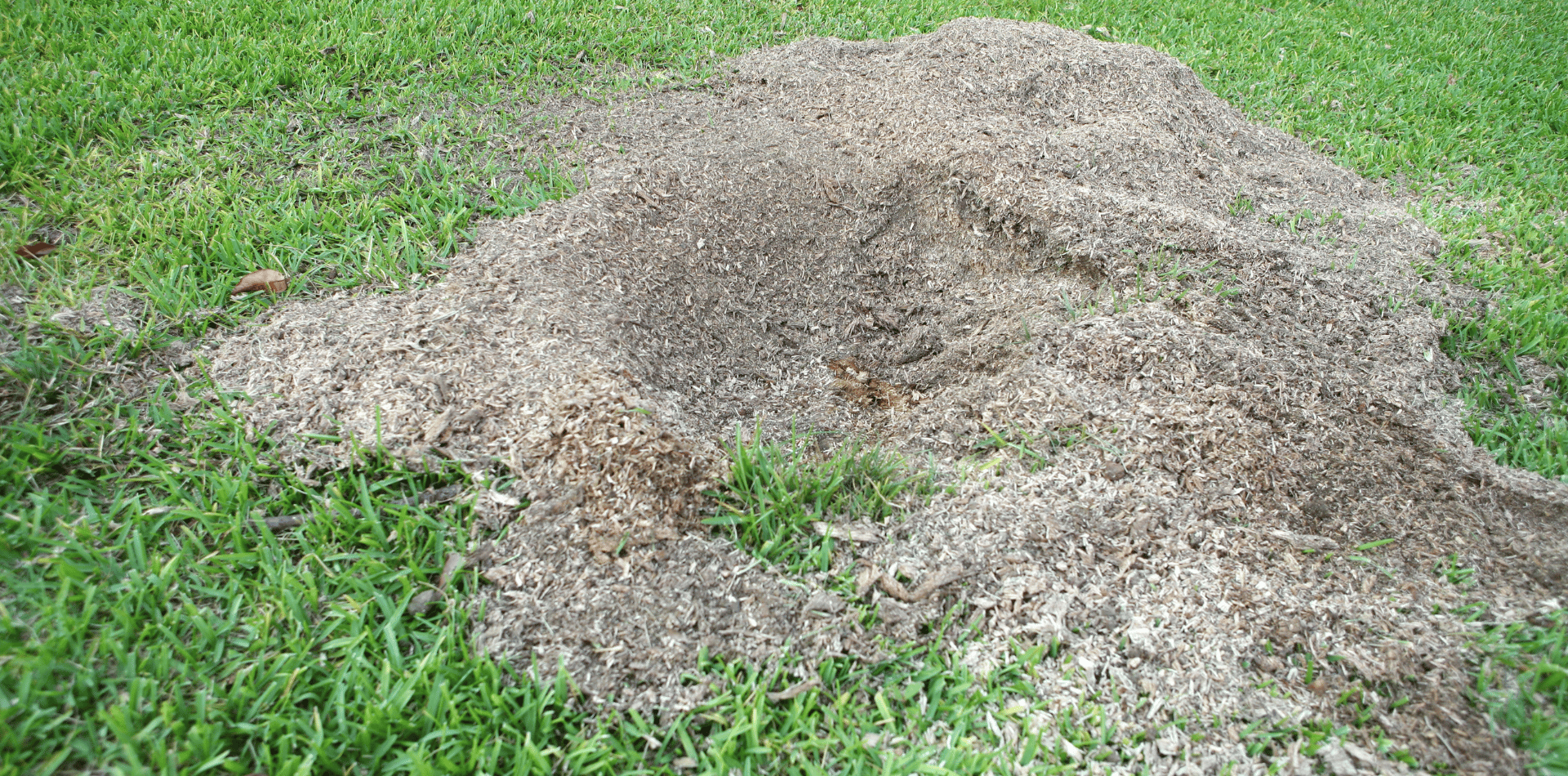
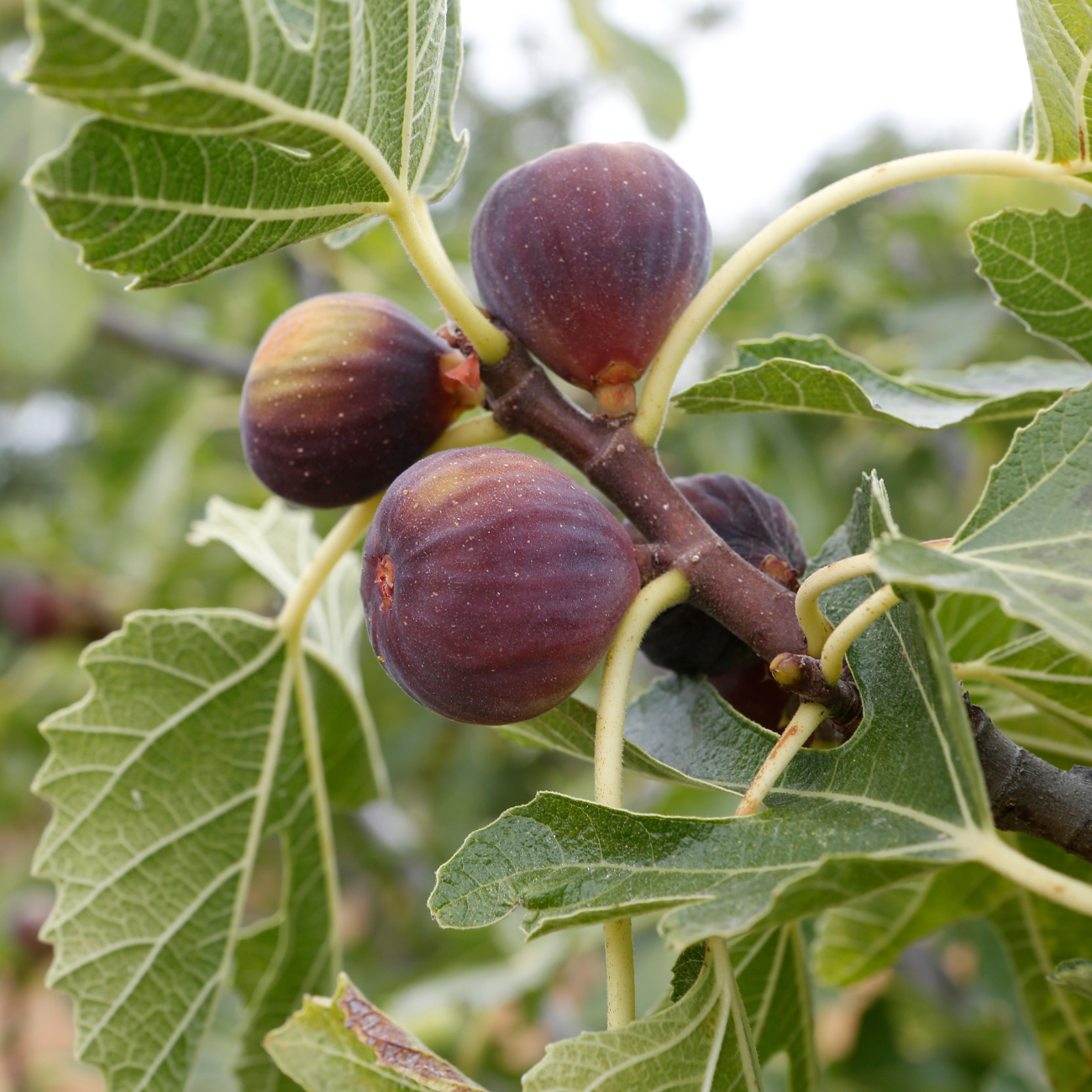

Contact
Kaptol Tree Removal Newcastle
A Member of the Kaptol Group
Powered by Kaptol Media

